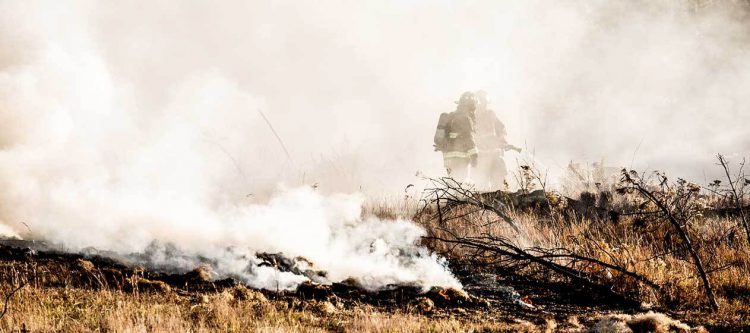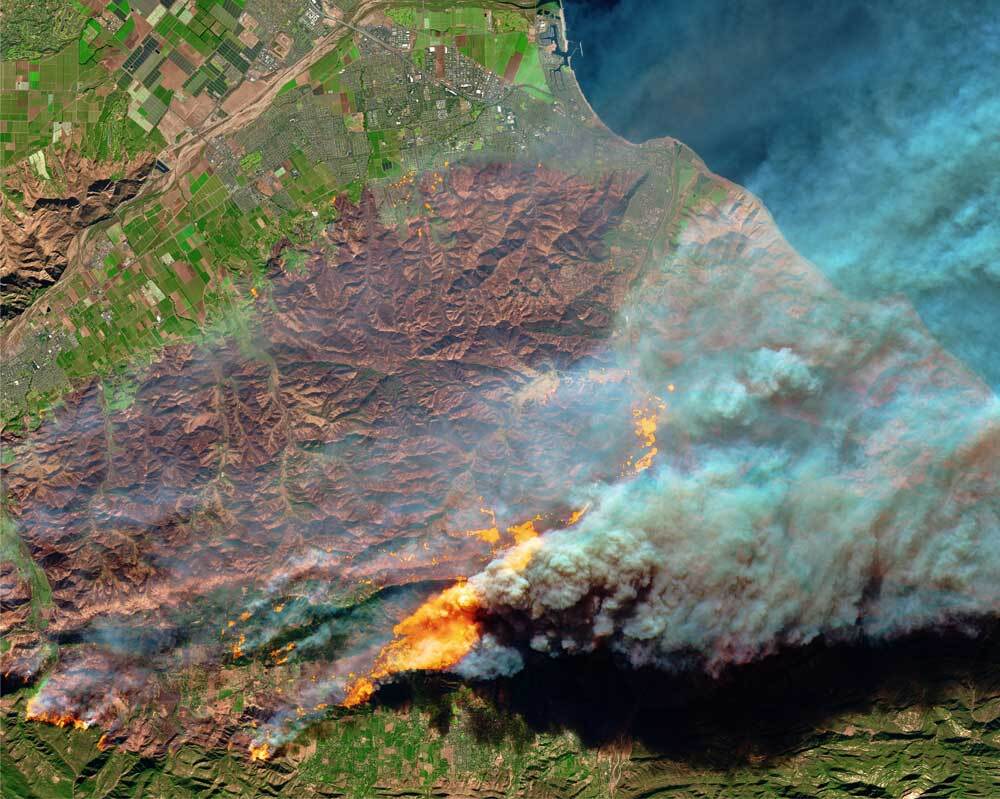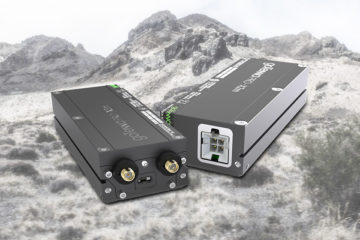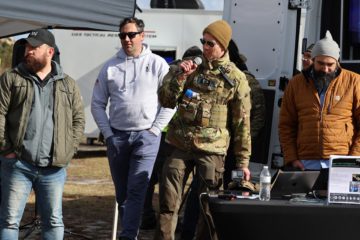Maintaining situational awareness off the grid a hot topic at IWCE 2020

When disasters damage or destroy terrestrial communications networks, first responders need rapidly deployable equipment to maintain situational awareness and communications.
This was one of the central discussions during the 2020 International Wireless Communications Expo (IWCE 2020), a virtual event that brought together critical communications technology providers, practitioners, and other industry experts. In a panel session entitled, “Bring the Network with You: Deployable Networks and Off Network Communications,” the discussion focused on several off-grid communications tools that have already been tested and proven in emergency response environments.
The panel featured a number of industry and government leaders with vast experience in reestablishing communications following disasters, including Erin Luzzi of Sonim Technologies, Ed Mills of the Colorado Governor’s Office of IT and Evergreen Fire Rescue Captain, Fred Scalera of FirstNet Built with AT&T, and Cale Teeter-Gregg of goTenna.
This panel benefited from the diverse, real-world background of its participants who made it clear that communications is an ongoing problem to solve. Captain Ed Mills illustrated, “As a volunteer firefighter, the need for communication is vital. Anytime that we have an After Action Report, the one thing that [is] always brought up is communication. We struggle with the fact that LMR (Land Mobile Radio) only provides us a one to many. Usually we’re off-node. We can’t get cellular coverage. In a lot of cases our towers will not ping in the places that we’re at. And so, with the new technologies we’ve been relying heavily on that device that we have in our pocket.”
Maintaining persistent and reliable communications requires a new set of mobile gear and technology that can flex with the changing environment. “Our goal as emergency managers is to always plan for where and when to deploy assets at the local and regional levels,” said AT&T’s Fred Scalera. With many potential solutions on the market — from goTenna Pro mesh networking radio devices to FirstNet’s satellite-based deployable assets — the panel dug into some products that have demonstrated the ability to aid first responders’ need for ubiquitous situational awareness.

The combination of goTenna Pro mobile mesh networking radio devices paired with ruggedized mobile devices and situational awareness apps was highly touted by members of the IWCE 2020 panel for its ability to offer the capabilities and ease of use that first responders require. “What I can say when it comes to the goTenna product, when it’s paired with the Sonim devices, it’s so easy to use,” shared Erin Luzzi.
Usability is key to effective gear in emergency situations. Luzzi continued, “The one thing that always comes even as it relates to deployments, rapid and emergency deployment kits, and technologies like goTenna is the ease of use. First responders cannot be fumbling around or dealing with complicated equipment that adds to the stress and strain of the mission.” Mills confirmed the importance of ease of use in the field when he said, “If it’s not going to be simple, then we’ll just move on to the next technology. Or, we’ll figure out another way, even if we have to send smoke signals.”
When cell towers are compromised, mesh-enabled mobile devices have the potential to extend basic communications and situational awareness capabilities across the theatre of engagement. As Mills explained, “We helped in a system where they used the goTenna to communicate air to ground, and not only air to ground, but also we can set up mesh networks by even using solar panels.”
Mills continued, “That allows us to use apps like ATAK. We are able to see our team members wherever they’re at. We can actually see where they’ve been if for some reason there is communication loss.” The Team Awareness Kit for Android (ATAK or CivTAK) is a Department of Defense (DoD) managed and operated software suite that works on a large number of mobile devices that utilize the Android operating system. The application makes it possible to see the physical location of team members on a digital map – eliminating the need to carry physical maps and plot geographic coordinates.
“So, you in your command center you can have that ATAK view of where all your people are and they can be operating 20 miles away just by high-pointing some [goTenna Pro] devices, or by using a drone to increase that mesh network in an area that would normally be completely denied of cell and RF type solutions,” highlighted goTenna’s Cale Teeter-Gregg.
More so than ever, today’s emergency crews need to bring their own communications networks wherever the fire, flood, or hurricane takes them. A combination of ruggedized devices, apps, and deployable network infrastructure keeps first responders connected, informed, and on mission – and ultimately gives them the best chance to bring everyone home safely.







No Comment